I’m hugely grateful to the lovely team at Fly on the Wall for putting me in touch with author Donna Moore as I love the premise of her new book. I’m delighted Donna has agreed to stay in with me to tell me all about it.
Let’s find out more.
Staying in with Donna Moore
Welcome to Linda’s Book Bag Donna. Thank you for agreeing to stay in with me.
Thank you so much for having me, Linda! I’m delighted to be here. I love your blog.
Thanks Donna.
And you have a nice comfy space here for ‘staying in’. I also have it on good authority that you serve delicious biscuits to your guests!
Oh I do – help yourself.
Tell me, which of your books have you brought along to share this evening and why have you chosen it?

I’ve brought my new novel, The Devil’s Draper, which is a historical crime fiction novel set in Glasgow in 1920.
It’s the follow-up to The Unpicking, which was set from the late 1870s to 1919, and is the story of three generations of women – grandmother, mother and daughter – who each had their own struggles against inequality and injustice.
I love historical fiction. So, what can we expect from an evening in with The Devil’s Draper?
Well, I hope you’ll enjoy the company of three very different characters, who are unlikely allies in the fight to uncover the truth about a scandal at Arrol’s Department Store. First of all, there’s Mabel, one of Glasgow’s first women police officers (or ‘woman policemen’ as the newspapers of the day would have referred to her!), whose story continues from The Unpicking. Then there’s Johnnie, who’s an adept thief in an all-woman gang called Saint Thenue’s Avengers. Finally, we have Beatrice, a war-widow who runs an employment agency for women. There’s crime and intrigue and, hopefully, a wee dash of humour and lightness amongst the darkness.
That sounds fabulous. I really need to meet Mabel, Johnnie and Beatrice as soon as possible. I’m looking forward to The Devil’s Draper coming out on 1st May.
What else have you brought along and why have you brought it?
Well, I’ve brought with me a few different things. Three of them represent my three main characters and then I’ve brought one extra, for fun. And I thought we could listen to one of Mabel’s favourite songs as we look at them. It’s called Someday, Sweetheart and it was written in 1919 and was really popular throughout the 1920s. This version is by Alberta Hunter, who was, apparently, the first person to record it.
Wow. What a voice.
First of all, Mabel and I had a chat about her offering. I said she should bring something serious that represents her professional life in the police force, but she wanted me to give you a recipe for one of her favourite desserts (she does love desserts!)
Don’t we all?
This one was also a favourite of both her mother and her grandmother and is mentioned in The Unpicking as well as in The Devil’s Draper. It’s Apricot Pithivier which is a traditional puff pastry dish. I’ve adapted it a wee bit so that it’s easier for a modern cook, but if you’re keen to make your own puff pastry, then Mabel would definitely approve! It can also be made with other fruits, and as a savoury dish with chicken, or ham and cheese, or roasted vegetables.
Wow. I don’t do baking as I’m always battling my weight but Mabel might just have convinced me to make this!
Johnnie has given me something completely different for you. Johnnie is in a very successful all-woman gang and she’s one of their best thieves. The first time we meet her in The Devil’s Draper, she’s gate-crashed a posh wedding with the aim of helping herself to some of the wedding gifts. When I was researching the book, I discovered that back in the early 20th century, society weddings were thoroughly covered in the local press. Not only could you find out what the bride and bridesmaids were wearing, the flowers they were carrying and where the reception was, but there was also a full list of gifts and who gave them. This article from the Oban Times and Argyllshire Advertiser in May 1920is a lovely example. The article gives details of the wedding of Miss Peggy Ellice and Mr L E Dunlop who had a reception at Invergarry House with a bonfire, dancing and “general rejoicing”, together with a partial list showing sixty-three gifts.
Partial wedding gift list – Oban Times and Argyllshire Advertiser 8th May 1920.
Some of these gifts made it into The Devil’s Draper, including an eight-volume set of illustrated books about World War I, which I’m not sure I think is a very jolly wedding present. The bride seemed to do quite well as many of the presents were clearly pieces of fancy jewellery for her, but I was happy to see that the groom received a reel for his trout rod. One of the gifts to make it into the scene was an umbrella. I don’t know who it was for, but I think next time I’m going to a wedding, I’m going to ignore the gift registry and buy an umbrella.
Brilliant idea. Much more useful than a muffin dish!
I love the snippets of social history you get from this type of article. As a writer, they give me so much, not only for the choicest wedding gifts of the day, the material and colours of the bridal party’s outfits (Miss Ellice was wearing white charmeuse silk, by the way), or the menu at the wedding breakfast, but they’re also really useful for character names. The giver of the umbrella, for example, is called Eglantine. I’ve tucked that name away for future use! I lose myself going down various research rabbit holes, and most of what I find never makes it onto the page, but I hope it comes through in the writing in some way.
I think a lot of authors do that Donna. It sounds to me like you’ve got plenty of material for future books too.
Johnnie’s use for the newspapers is much more practical. She’s not interested in the after the event reports of the weddings themselves, but she’s very interested in announcements of forthcoming weddings, only the fancy ones, of course, where it’s announced that Lady This and The Honorable That will be attending, because then she knows where all the choicest gifts will be on display.
An ideal opportunity!
Completing the trio of main characters is Beatrice. She’s older than Mabel and Johnnie, and a war widow who runs an employment agency for women. She wanted me to bring in a photograph from a recent tour I went on, which goes behind the scenes of Glasgow Central Train Station. It was a fascinating tour, which takes you on a journey into the past and below the tracks, revealing a disused Victorian platform and uncovering stories of the people who used to work there. The thing I found most surprising and poignant, though, was the information that, a few floors below the main station, part of the building had been used as a temporary mortuary during the early months of World War I. Some artefacts from this period were found in disused storerooms and cupboards, including a wheelchair made from a child’s pram and a stretcher.
Artefacts from the Glasgow Central tour (photo by author)
The bodies would be brought to this makeshift mortuary and laid in rows on stretchers, covered by blankets. Relatives would walk along those rows of bodies to try and identify their loved ones. If they did, it was then up to them to take the body away to give their son or husband or brother a proper burial. Men who were out of work, too old to fight, or injured would be waiting in Central Station to earn a few pennies to bring the bodies up the several flights of stairs. It was very moving to hear that story.
That sounds both fascinating and poignant.
As for my own gift, I’ve brought you a photo of Baroness Elsa von Freytag-Loringhoven, a German avant-garde poet and artist, who may actually, have been the creator of the famous porcelain urinal artwork, Fountain, generally attributed to Marcel Duchamp. She lived in New York for several years and was well known in Greenwich Village due to her artistic style of dress – wearing a coal scuttle on her head, postage stamps on her cheeks and adorning her outfits with things she found on the street: curtain rings, children’s toys, flashing lights and gilded vegetables. I’m fascinated by her story and used her as inspiration for a minor character, Dadaist artist Countess Colette von der Weid, who was an absolute joy to write.
Baroness Elsa von Freytag-Loringhoven. Photo from the Library of Congress.
Goodness me! She looks and sounds quite a character.
Thanks so much for staying in with me to chat about The Devil’s Draper and the research that has gone into it. It sounds an absolute must read for me.
Thanks again, Linda, for allowing me to stay in with you and chat. And thank you for the tea and the delicious home made biscuits. I’m sorry, but it appears as though I’ve eaten them all!
Oh – so you have. Never mind. You put the kettle on for another cuppa and I’ll give readers a few more details about The Devil’s Draper.
The Devil’s Draper

FROM THE AUTHOR OF ‘THE UNPICKING‘
When whispers of abuse at Arrol’s department store reach Mabel, a determined policewoman, she knows she must act. Enlisting the help of Johnnie, a cunning thief, and Beatrice, a savvy businesswoman, they embark on a perilous journey to uncover the truth.
Set against the backdrop of 1920s Glasgow, where women’s voices are often silenced, this thrilling tale weaves together crime, justice, and the fight for equality. As the trio inches closer to exposing the scandal, they realize that in a world where women are rarely believed, their very lives may be at stake.
Published by Fly on the Wall on 1st May, The Devil’s Draper is available here.
About Donna Moore
Donna Moore is the author of crime fiction and historical fiction. Her first novel, a Private Eye spoof called Go To Helena Handbasket, won the Lefty Award for most humorous crime fiction novel and her second novel, Old Dogs, was shortlisted for both the Lefty and Last Laugh Awards. Her short stories have been published in various anthologies and her Cornell Woolrich inspired short story, First You Dream, Then You Die was shortlisted for an Edgar Award in 2023. In her day job she works as an adult literacy tutor for marginalised and vulnerable women. She has a PhD in creative writing around women’s history and gender-based violence, and her third novel, The Unpicking, set in Victorian and Edwardian Scotland and spanning three generations of ‘hysterical women’ who experience systemic corruption and injustice, was published in October 2023. The follow-up, The Devil’s Draper, will be published in May 2025 by Fly On The Wall Press.
For further information about Donna, visit her website or find her on Bluesky and Instagram.








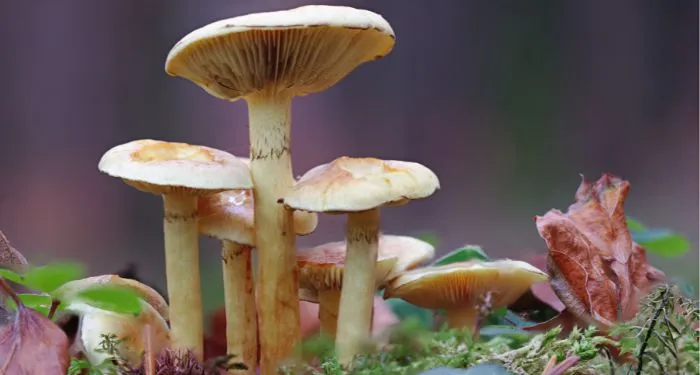

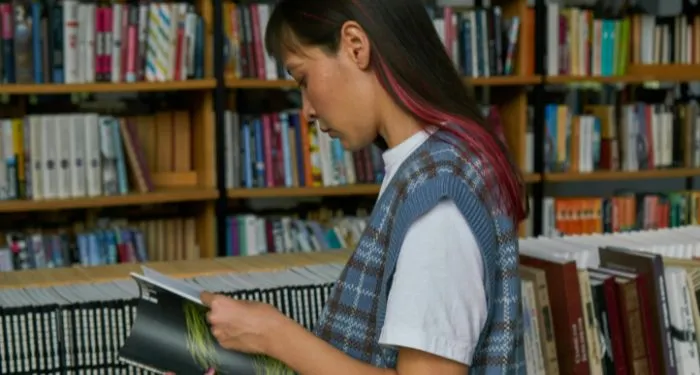
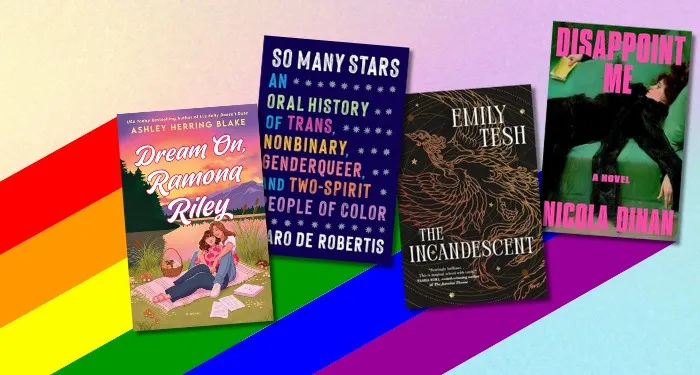

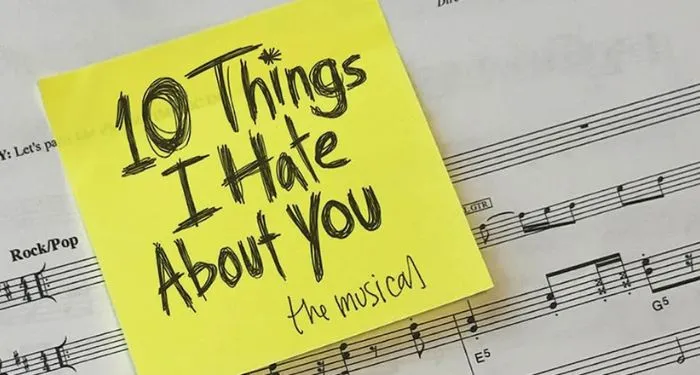

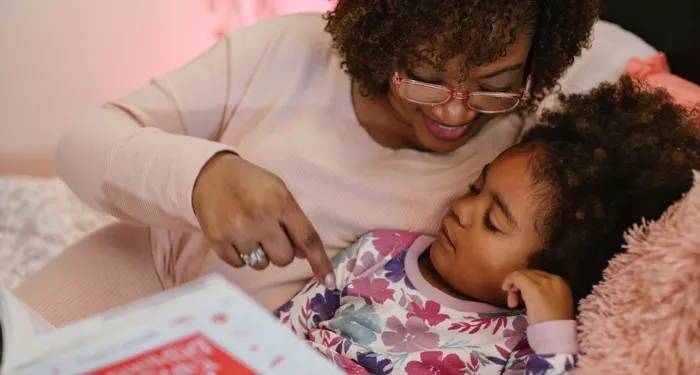









 English (US) ·
English (US) ·